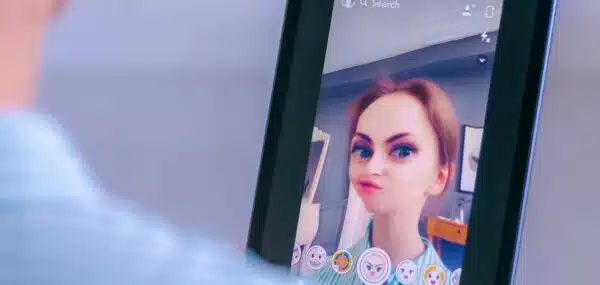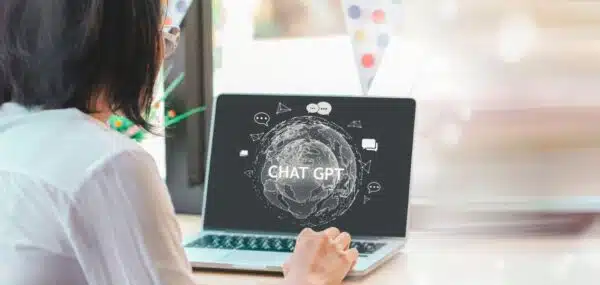Technology has given parents a lot of new things to worry about that previous generations couldn’t even have imagined. But the one worry I wasn’t prepared for was social media. Heck, when I got married in 1998, Tom Hanks and Meg Ryan were learning how to flirt online in You’ve Got Mail. And when I had my first child in 2001, there weren’t any technology tips in Murkoff’s popular book What to Expect When You’re Expecting.
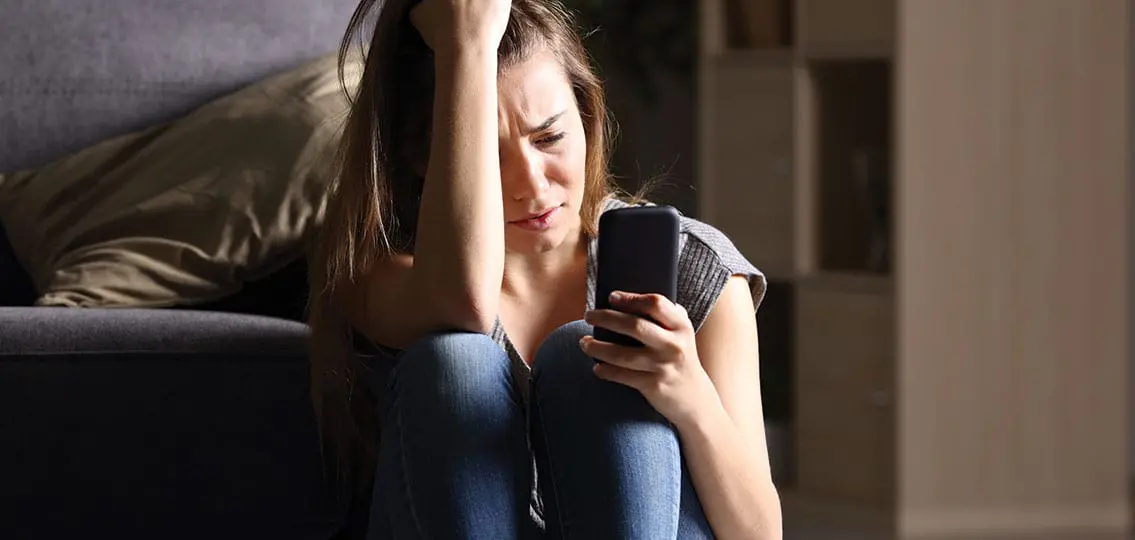
A lot has changed in two decades and social media has introduced many of us to a whole new set of parenting worries about what dangers lurk on the internet. As a high school teacher and the parent of three children, I’ve done my best to educate myself on how to keep my kids and students safe while still encouraging them to use all of the technology available to them.
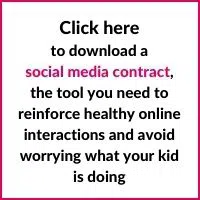
Over the years, teachers have praised my children for their kindness. My daughter, in particular, has become known for being a friend to those who don’t always have friends. I’ve taught her to be inclusive and understanding of different abilities, and she demonstrates this on a daily basis. I believed that the kindness she exudes in the real world would transfer to her online interactions. This was my parenting mistake. I never helped her make the connection that her social media interactions are real life interactions even when conducted from behind a screen.
Teens and Social Media Bullying
One evening during her freshman year of high school, my daughter was asked to join a group that was harassing another teen online through Snapchat. She didn’t even know the girl the group was talking about since she attends a different school. But that didn’t stop her from participating.
The mother of the harassed girl posted the chat on Facebook to try and find out who the kids were in the chat. It was brought to my attention by another parent who told me the mother was thinking about contacting the police.
I made the difficult decision to turn the chat over to our school liaison officer, hoping the girl’s mother would know that the situation was being taken seriously and the kids were being held accountable. This led to a thorough investigation which resulted in punishments for the students involved. My daughter never once questioned my decision to turn over the chat and accepted the punishments she received. She even made the decision to send an apology letter to the girl, which gave me a sense of pride amidst my disappointment.
As difficult as this situation was at the time, and as hard as this lesson has been for my daughter, I’m so glad it came to light.
After this incident, we took away her phone, along with all social media, for several months. I must admit, there is something heartwarming about watching your teen do crossword puzzles and find her love of reading again because she doesn’t have a phone in which to lose herself.
After my daughter got her phone back, and when we finally thought she was ready to have the privilege of social media again, I created a social media contract for her to sign. I made it specific to things I learned from this incident and from talking to her about how she viewed social media. Then I hung it up on the refrigerator as a constant reminder.
It’s one of the best things I’ve done as a parent. She not only has learned that a screen shouldn’t change how we treat people, but she also understands the boundaries we expect her to follow. It’s something I wish we’d done as soon as she had access to social media.
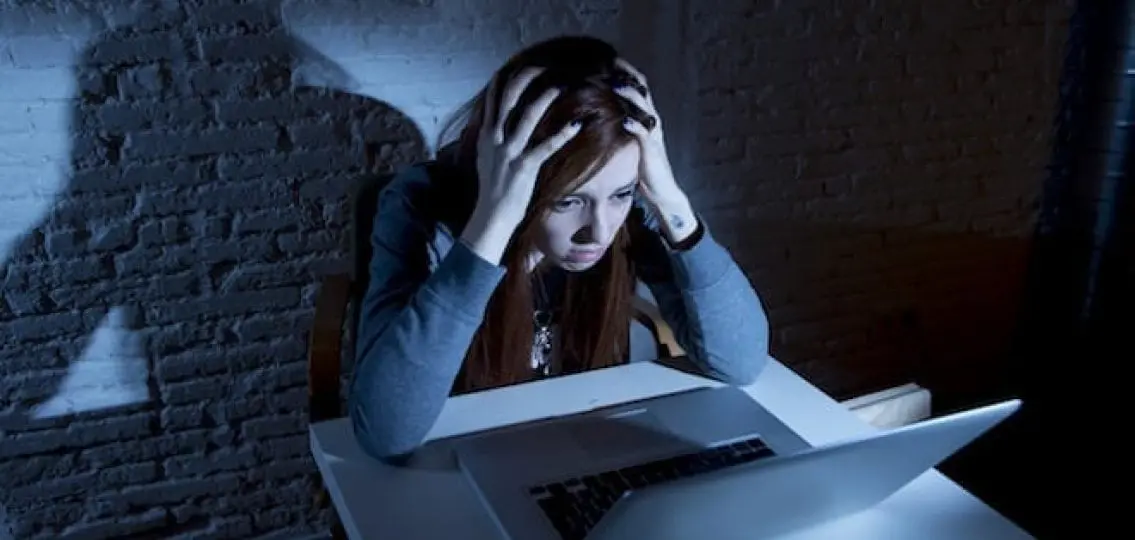
It’s so easy to assume teens know how to behave online because we’ve taught them since they were babies how they should treat other people. But I’ve learned the hard way that technology and social media have opened up a whole new world for our teens—and that world needs to be monitored with the same diligence we monitor their real life interactions.


